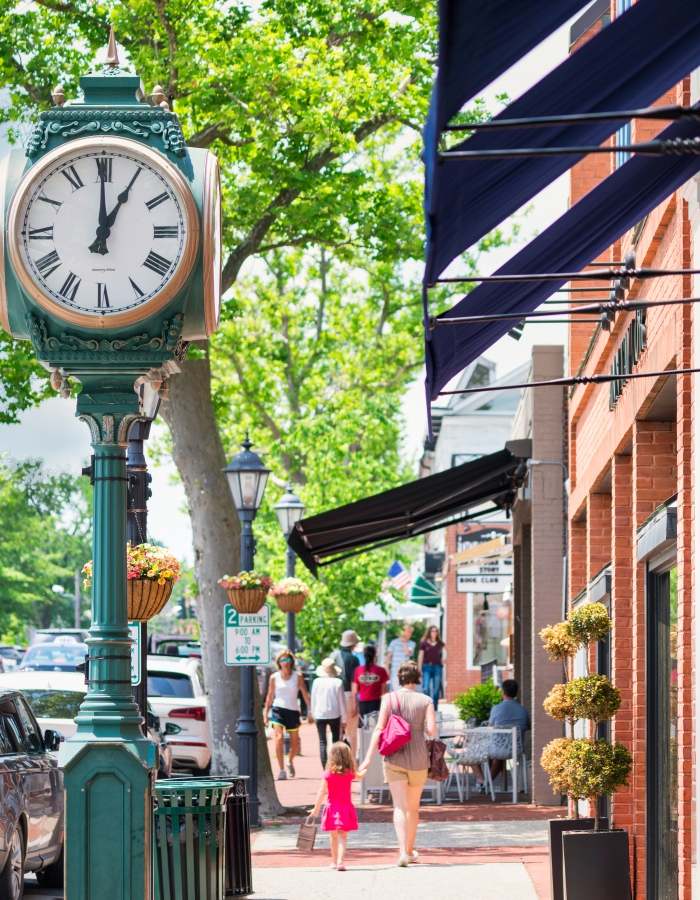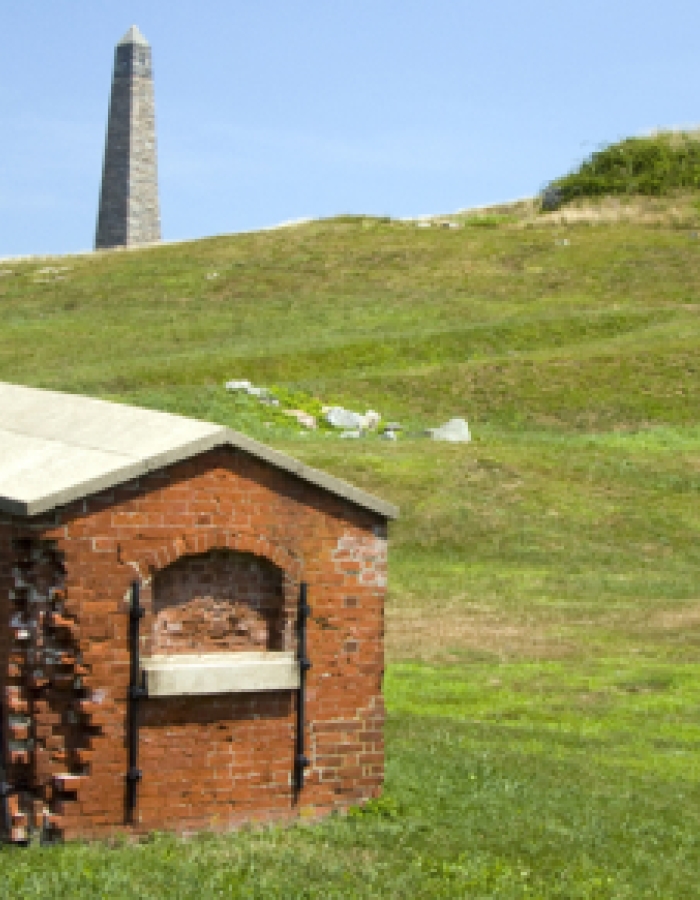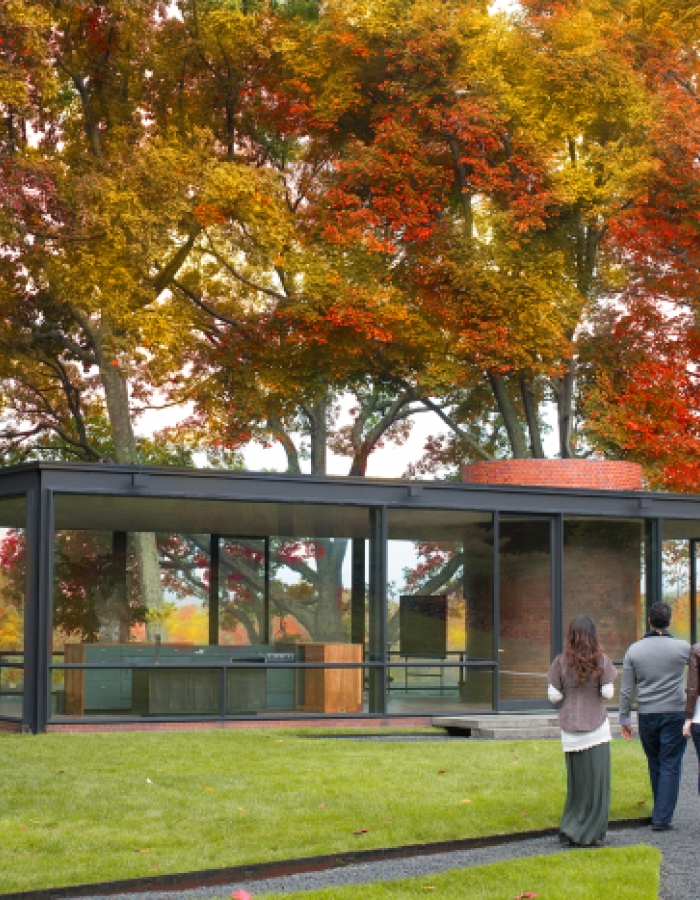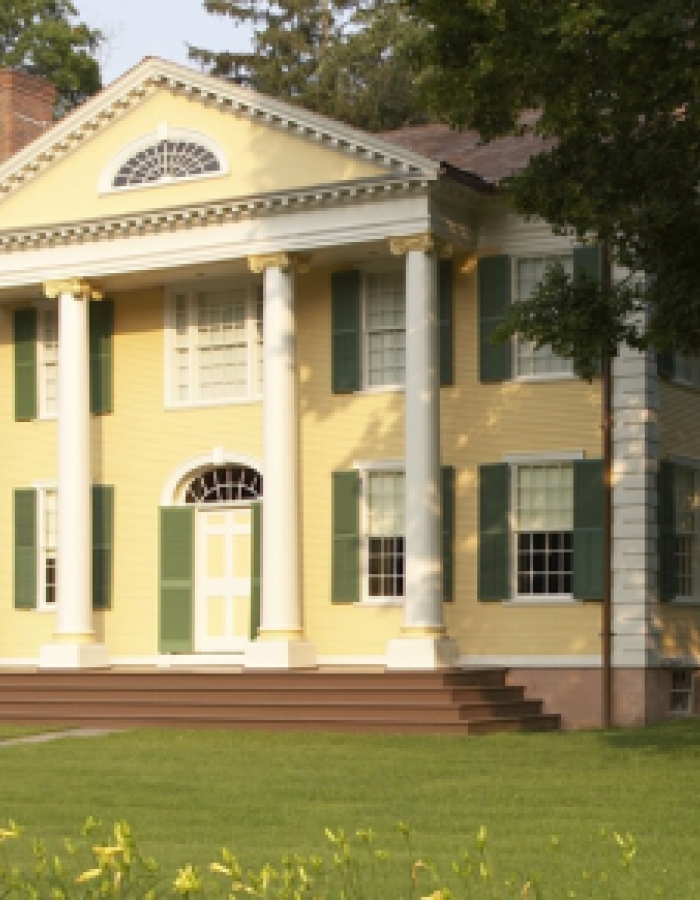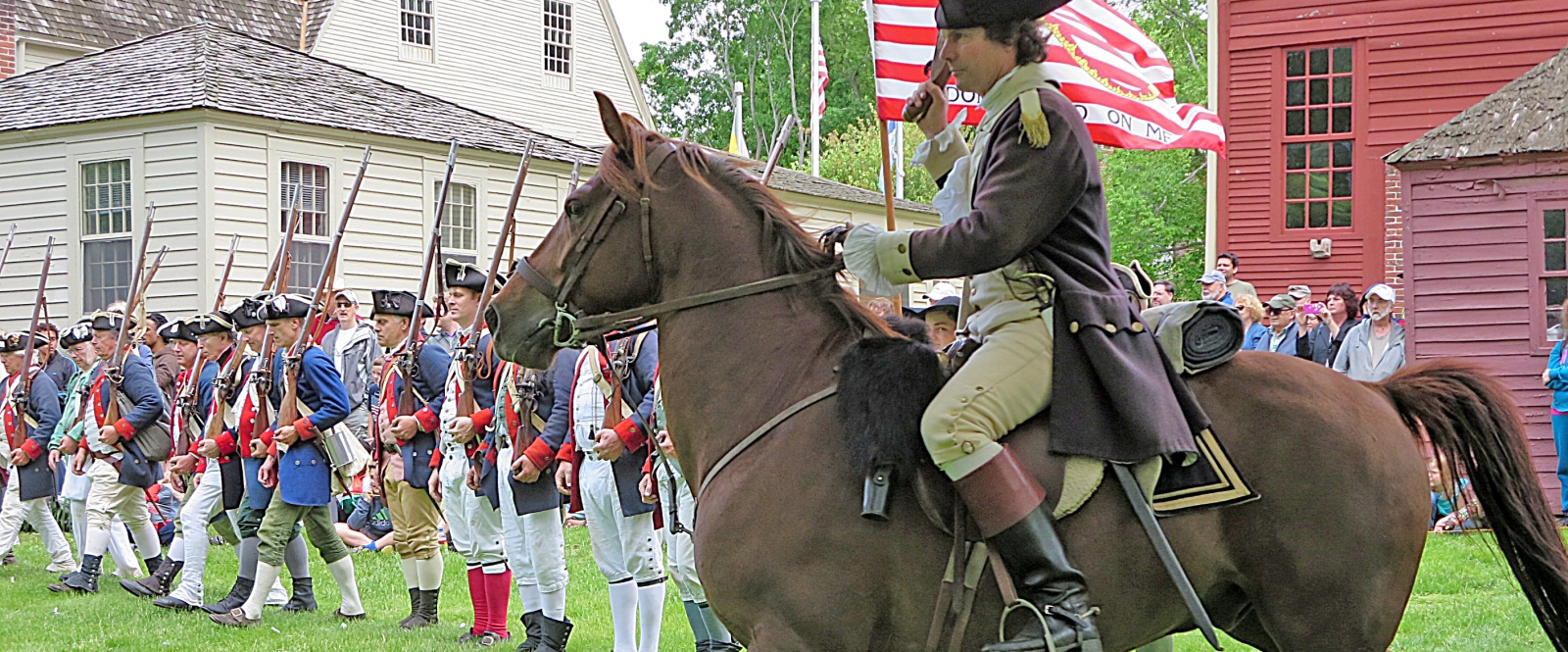



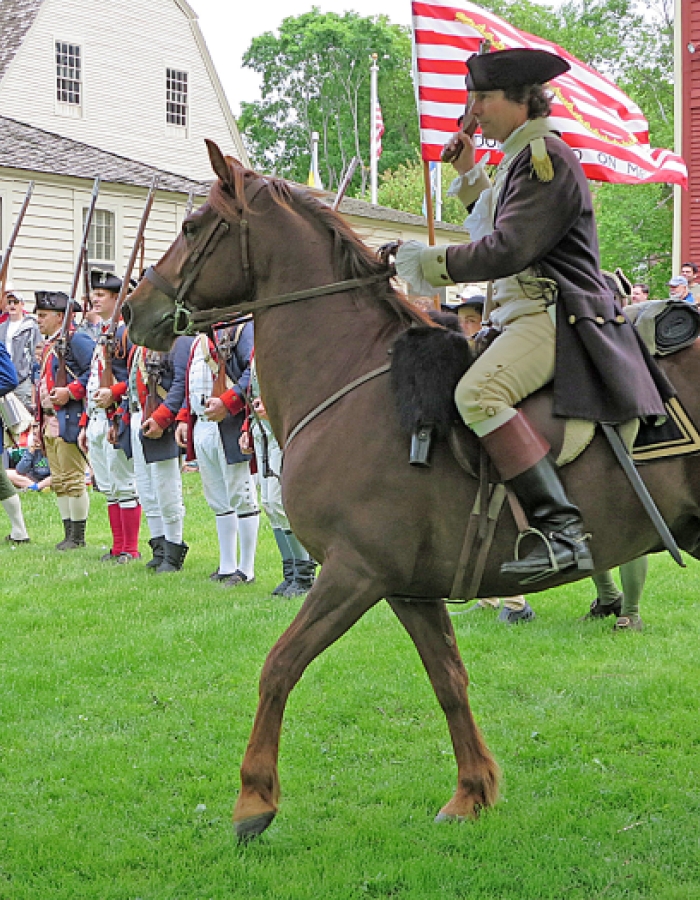



Revolutionary Connecticut
There are many ways to explore the Revolutionary War in Connecticut, which was nicknamed "The Provision State" by Gen. George Washington for its ability to supply the war effort with food, munitions and manufactured goods. Here are some spots you can visit to learn more about the war.

Fort Griswold
In September 1781, British troops under turncoat Benedict Arnold raided Fort Griswold in Groton and burned New London in the Battle of Groton Heights. Today, the site is a state park that includes the restored earthwork battery, cannons, monuments and memorials.
Rochambeau’s Route
A critical late turning point in the war was the French entry, and nowhere was this more dramatically seen than in the 1781 march of French troops across Connecticut to meet up with General George Washington’s troops for a final steady push south to Yorktown. The Washington-Rochambeau Revolutionary Route in Connecticut is the state’s first National Historic Trail that covers 120 miles throughout the state - the route traveled by French troops in 1781 and 1782.

Revolutionary Lebanon
This small, rural town played an important role in the American Revolution. Today, visitors can visit the Lebanon Historical Society Museum by appointment and explore Connecticut's Revolutionary past and the town's history.

Nathan Hale Homestead
Nathan Hale famously gave up his life to the Revolutionary cause with the words, “I only regret that I have but one life to lose for my country.” His life is commemorated at his Homestead in Coventry and two Nathan Hale Schoolhouses–one in East Haddam and the other in New London.

Webb-Deane-Stevens Museum
The Webb-Deane-Stevens Museum in historic Old Wethersfield consists of three houses: the Joseph Webb House, George Washington’s headquarters in May 1781; the Silas Deane House, built for America’s Revolutionary War diplomat to France; and the Issac Stevens House, listed on the National Register of Historic Places in Connecticut.

Noah Webster House
The Noah Webster House in West Hartford was home to Noah Webster who came of age in the time of the American Revolution. As a result, he was very involved in shaping public opinion for the cause of independence during this period; his advocacy in the public sphere through the publication of newspaper articles and pamphlets supported the need for American independence and a unique American culture. Webster was the author of "Sketches of American Policy" (published in 1785) which advocated for a strong federal government, a full two years before the Federalist Papers were published. Alexander Hamilton, James Madison and George Washington all had copies of Webster's "Sketches" with many of Webster's ideas ending up in The Constitution in 1789.
Keeler Tavern Museum
The Battle of Ridgefield, an April 1777 defeat for the British, can be recalled today at Keeler Tavern, where a cannonball from that distant skirmish remains lodged in the side of the building.

Putnam Memorial State Park
Revolutionary troops camped at Putnam Memorial State Park during the winter of 1778-79. Today, you’ll find reconstructed log buildings and a museum, where display panels tell the story of the war, Connecticut’s role in it and the events that took place during the encampment.
Revolutionary Connecticut
Experience America’s roads to independence by car or bicycle in nine specially designed tours at Revolutionary Connecticut. Each tour links Revolutionary sites in a fresh and original way through layered narratives around key figures, such as Ethan Allen and Benedict Arnold.
Special Delivery

Connecticut, Delivered Right to Your Fingertips
Share your email address to receive our free newsletter and be the first to see the latest travel deals, attractions and news from CTvisit.com!










